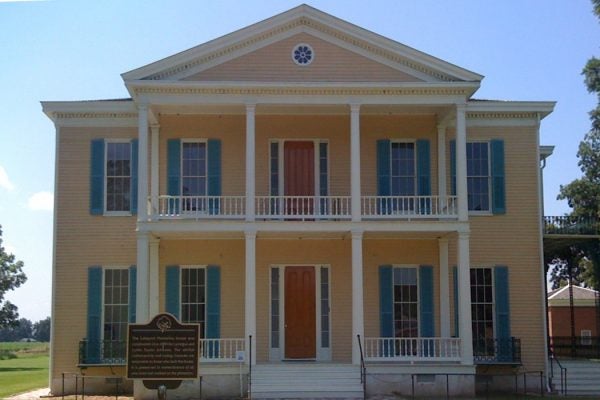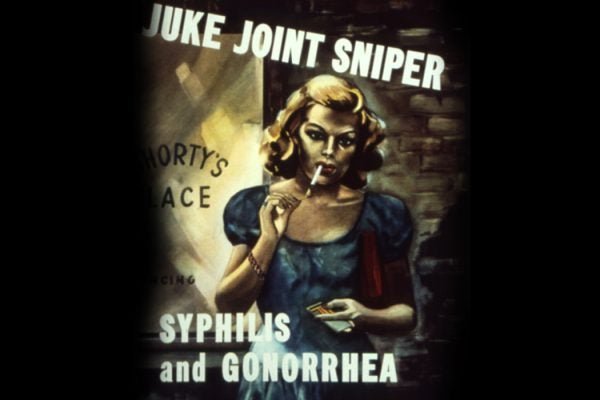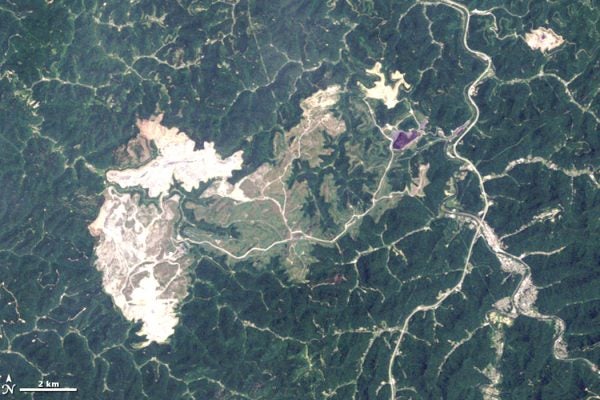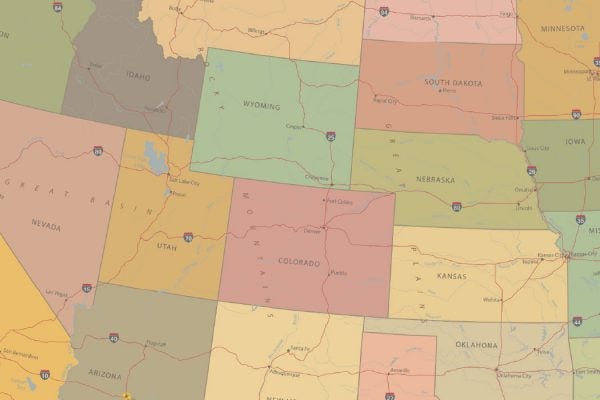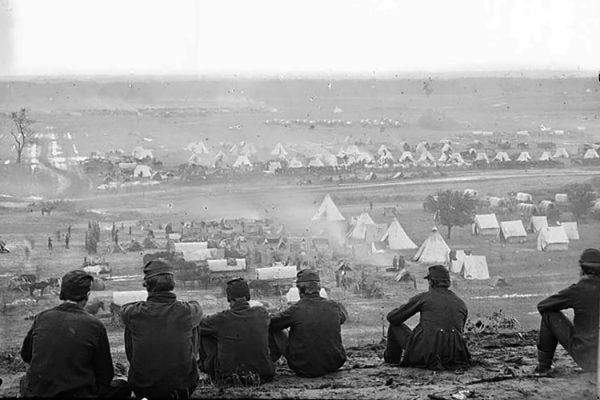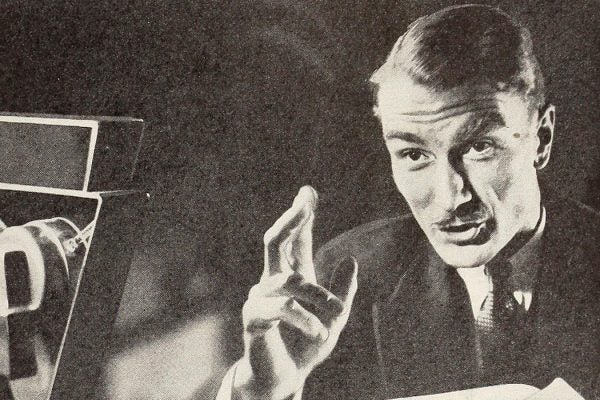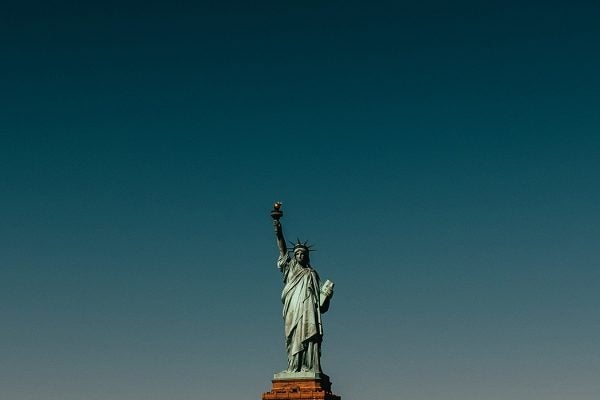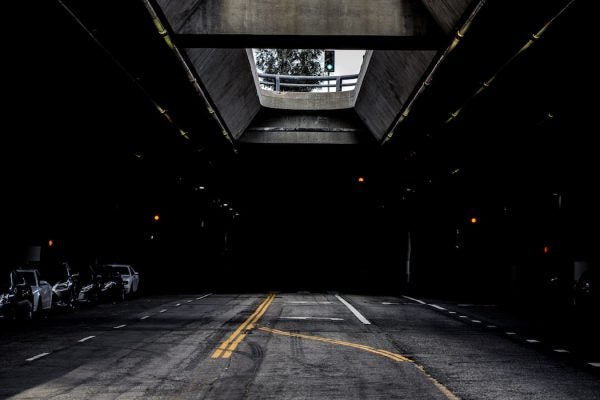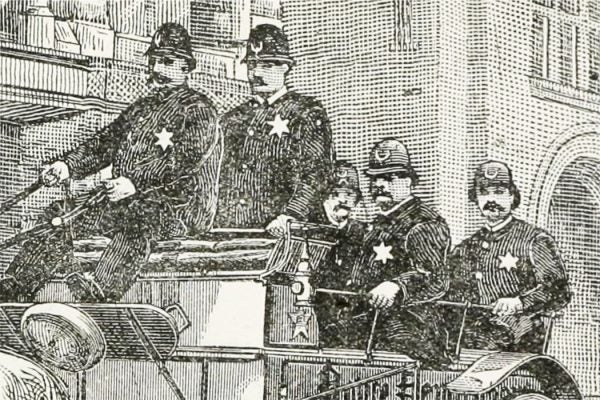How the Enslaved People of Arkansas Fought Back
Though there was never a unified uprising that made it into the history books, the enslaved people of Arkansas rebelled and resisted in significant ways.
When America Incarcerated “Promiscuous” Women
From WWI to the 1950s, the "American Plan" rounded up sexually-active women and quarantined them, supposedly to protect soldiers from venereal disease.
When Mining Destroys Historical Cemeteries
Mountain top removal mining brings with it total ecosystem destruction. It also erases history by destroying historic mountain cemeteries.
Jill Lepore: How to Respond to the Crisis of Our Institutions
Lepore talks about presidential deceit, why women are often forgotten by history, and the “epistemological crisis” of our era.
Why Are U.S. Borders Straight Lines?
The ever-shifting curve of shoreline and river is no match for the infinite, idealized straight line.
The Invisible Struggles of the Civil War’s Veterans
Many Civil War veterans like Joshua Lawrence Chamberlain came out of combat with injuries and lasting disabilities that no one could see.
Before Rush Limbaugh, There Was Boake Carter
When Boake Carter opened his mouth, he whipped up tempers and tempests. But who was he?
The Problem with “Public Charge” Rules
Historically, public charge rules have been a threat to immigrants dismissed as too disabled to be full contributors to the country.
The Lost Paradise of Los Angeles
Los Angeles's bountiful agricultural land was devoured by runaway suburbanization, a process which began long before the post-war era.
A History of Police Violence in Chicago
At the turn of the century, Chicago police killed 307 people, one in eighteen homicides in the city—three times the body count of local gangsters.
